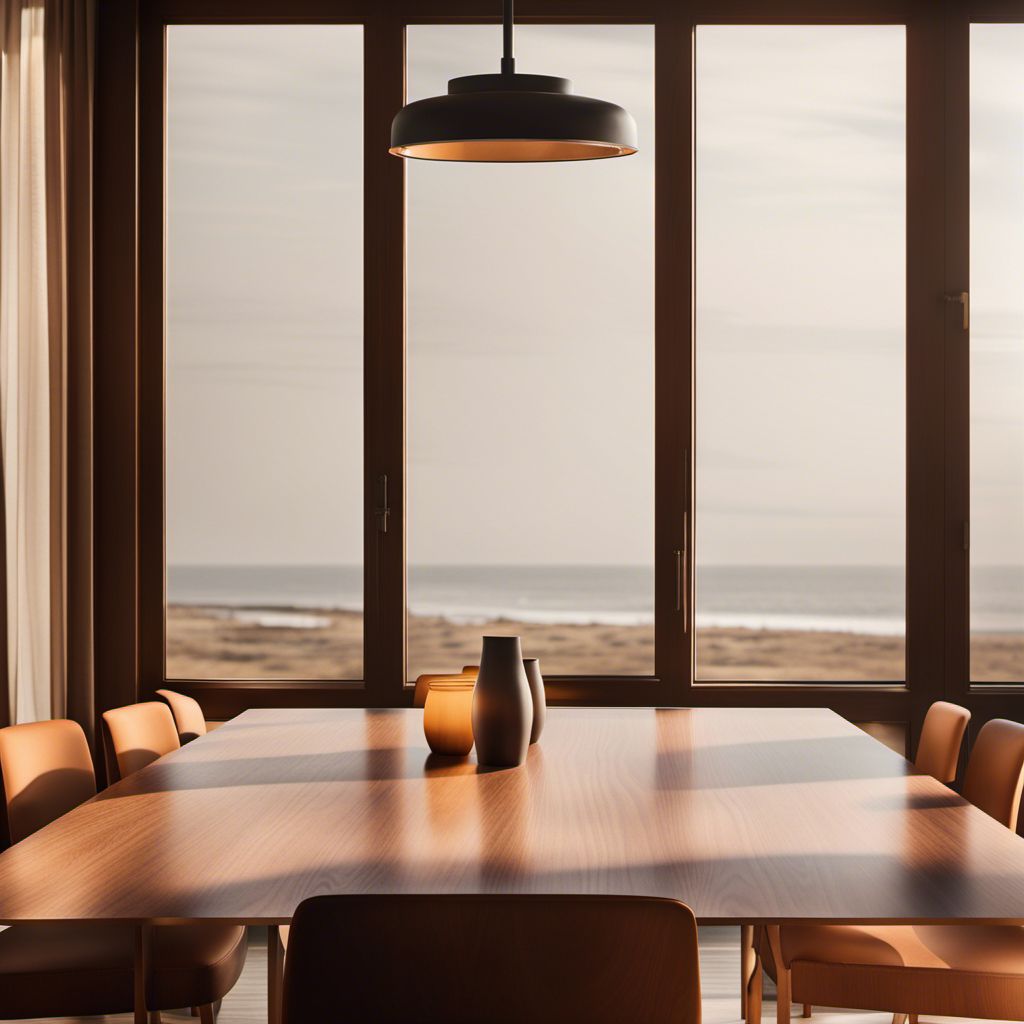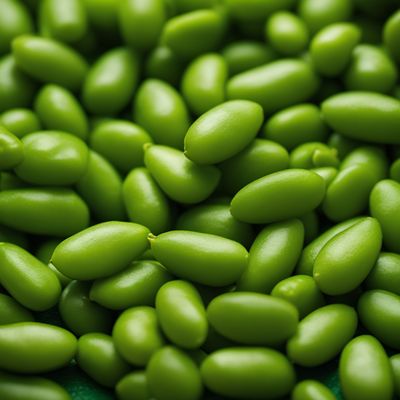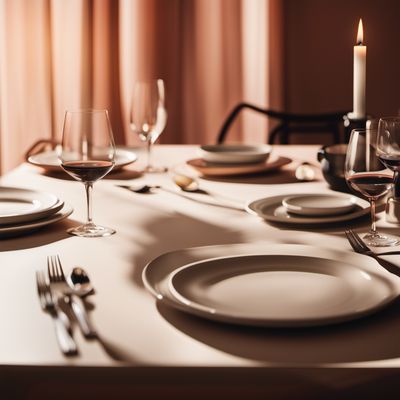
Ingredient
Lima beans (without pods)
The Versatile Lima Bean
Lima beans are medium-sized, flat beans with a pale green color and a smooth, buttery texture. They have a mild, nutty flavor that pairs well with a wide range of ingredients and seasonings. These beans are often used in soups, stews, salads, and side dishes.
Origins and history
Lima beans have a long history dating back to ancient civilizations in South America. They were cultivated by the Incas and later introduced to Europe by Spanish explorers. Today, they are widely grown and consumed in many parts of the world.
Nutritional information
Lima beans are a good source of plant-based protein, dietary fiber, and essential nutrients such as folate, manganese, and iron. They are also low in fat and calories, making them a nutritious addition to a balanced diet.
How to select
When selecting lima beans, choose pods that are plump and firm. Avoid beans that are discolored, shriveled, or have visible signs of damage. If purchasing pre-shelled beans, look for ones that are uniform in size and have a vibrant green color.
Storage recommendations
To store fresh lima beans, keep them in a perforated plastic bag in the refrigerator. They can be stored for up to a week. Cooked lima beans can be stored in an airtight container in the refrigerator for 3 to 4 days. For long-term storage, blanch and freeze the beans.
How to produce
Lima beans can be grown in home gardens or purchased from grocery stores or farmers markets. They require well-drained soil and full sun to thrive. Sow the seeds directly in the garden after the last frost, and provide support for the plants as they grow.
Preparation tips
Lima beans can be prepared in various ways, including boiling, steaming, sautéing, or baking. They can be used in soups, stews, casseroles, salads, and dips. To enhance their flavor, consider adding herbs, spices, or other seasonings during the cooking process.
Substitutions
Cannellini beans or navy beans can be used as substitutes for lima beans, as they have a similar creamy texture and mild flavor. However, the taste may differ slightly.
Culinary uses
Lima beans are commonly used in dishes such as succotash, bean salads, and stews. They can also be mashed and used as a spread or filling for sandwiches and wraps.
Availability
Lima beans are widely available in grocery stores and supermarkets, especially during the summer months when they are in season. They can also be found in canned or frozen forms throughout the year.
More ingredients from this category » Browse all

Soyabeans (without pods)
The Mighty Bean: Unleashing the Power of Soyabeans

Black eyed peas (without pods)
The Versatile Legume: Black Eyed Peas

Monantha vetches (without pods)
The Versatile Monantha Vetches

Black gram (fresh seeds)
The Nutritional Powerhouse: Fresh Black Gram Seeds

Yardlong beans (without pods)
The Versatile Legume

Vetches (without pods)
The Versatile Vetch

Guar beans (without pods)
Versatile Legume Powerhouse

Borlotti or other common beans (without pods)
The Versatile Legume: Borlotti Beans

Azuki beans (without pods)
The Versatile Azuki Beans

Rice beans (without pods)
The Versatile Rice Bean

Tepary bean (fresh seeds)
The Resilient Legume

Mat bean (fresh seeds)
The Mighty Mat Bean: A Nutritional Powerhouse

